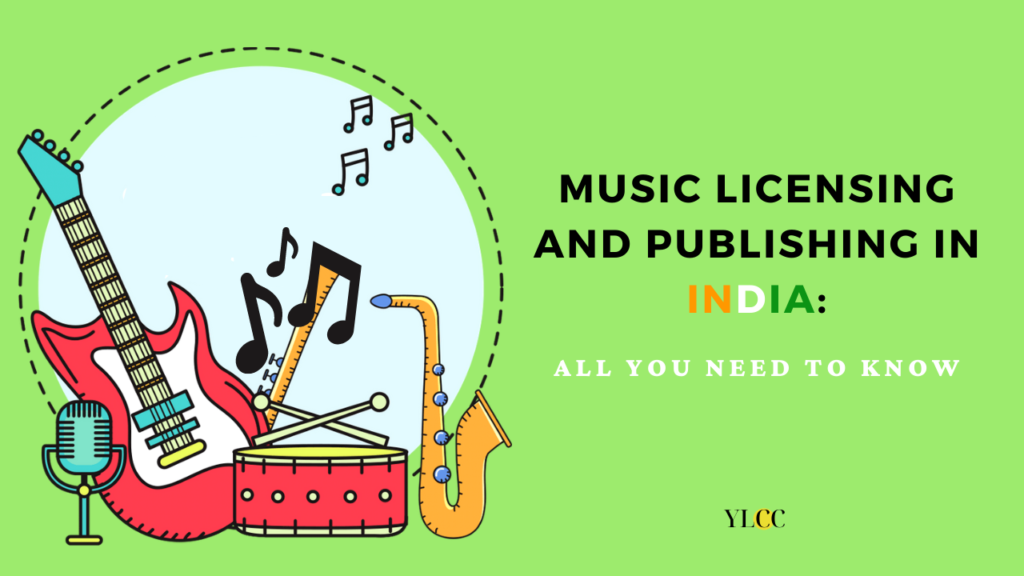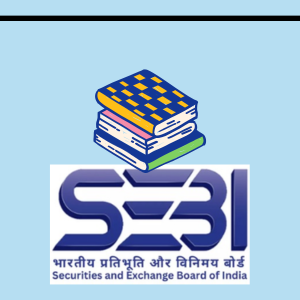
The creators of music put their creative energy in making a song, however the rest of it is the business aspect of music which is dealt by a music publisher. The Artist-Publisher relationship is one of the most important relationships in the industry as the role of the music publisher is to exploit the song; to negotiate the deals with all of those who wish to use the song; to protect the song; and to collect all of the song’s earnings from all sources[1] and pay the artist their share according to their mutually agreed terms.
Between 2019 and 2020 alone, the size of the global music market increased nearly 7%, with total revenues over 21 billion dollars. India’s young population of 1.3 billion makes it the next great frontier in terms of the Music Industry. The growth of online and streaming platforms has made music a quintessential part of our lives.[2]
What is Music Licensing?
It is a well-known fact that the increase in consumption causes an increase in demand. This applies to the musical works and sound recordings too, in which copyrights subsist. These works can be lawfully used by licensing, assignment and sale of worlds under the Copyright Act, 1957. But the complete and exclusive exploitation of this work can only be done by licensing agreements.
Music Licensing is the process of using an author’s musical composition or work after taking a due permission from the author. Under the licensing regime, Copyright owners license their exclusive and non-exclusive rights under the conditions of usage, territory, duration, and other aspects, in return for royalties. Every work that is licensed shall generate royalties for the period of the Authors’ life and 60 years after death as stated in the Copyright Act of 1957.
The 2012 amendment to the act recognized the lack of bargaining power of authors and how the producers had the leverage and a higher say when it came to money matters. Therefore, the “right to equitable remuneration” was introduced, which let the authors get equitable royalties, everytime their work was exploited.[3] Basically, equitable remuneration is a sum that is owed to artists and performers whenever a sound recording of their performance is played in public, or is broadcast to the public.[4] This was a great step as the industry practice required the authors to assign even their exclusive rights. The amendment also explicitly stated that an author can only assign their right to equitable remuneration to their heirs or to a copyright society.
With respect to Compulsory licenses, they can now be obtained for ‘any work’ withheld from the public and are not limited to ‘Indian works’ anymore. These licenses can be granted to any such persons as the Board deems fit.[5]
The amendment also brought about a new Section 31C which lays down the provision for obtaining a statutory license to any person intending to make a cover version of a sound recording in respect of any literary, dramatic or musical work. In such a case, the person must give to the owner, a prior notice of his intention in the prescribed manner, provide the copies of all covers or labels with which the version is supposed to be sold, and pay in advance the royalty at the rate fixed by the Copyright Board.[6] It must be noted that such cover versions can only be made 5 calendar years after the release of the original song.
What is Music Publishing?
Music publishing is the business of promotion and monetization of musical compositions: music publishers ensure that songwriters receive royalties for their compositions, and also work to generate opportunities for those compositions to be performed and reproduced. Publishing is the oldest vertical of the music business. It was there long before the first recording mediums came around, and in the early 20th century, sheet music publishing pretty much ran the music business. Publishers were in charge of putting compositions to paper, producing songbooks, distributing them to the stores, and compensating authors for the commercial use of their works.
Fast forward through early recording days, the birth of radio, vinyl, cassette tapes, CDs, digital piracy, download-to-own services, and, finally, streaming. A lot has changed since the songbook days, and nowadays, music publishers earn money in a very different way — but their role, in its core, stayed the same throughout the years. Publishers are responsible for representing composers, songwriters, and lyricists — the authors of the musical works — making sure that they get compensated for the commercial use of their intellectual property. Back in the day, that meant paying them a percentage of songbook sales — today, it involves collecting royalties across the industry on their behalf.
Who owns the Publishing?
Each recording includes the composition and the sound recording copyrights. The composition copyrights are owned by the songwriter/ lyricists and the composer, whereas the label owns the recording rights.
Queen’s most popular song ‘Bohemian Rhapsody’ was written and composed by Freddie Mercury, therefore, he is the owner of the composition. However, Freddie Mercury also duly assigned his publishing rights to Sony Music Publishing, which may have an ownership interest in the publishing for Bohemian Rhapsody and benefits thereof.[7]
The Royalties:
Section 33 of the Copyright Act 1957, provides for the collection of royalties by the Copyright societies. These royalties are paid to the respective artists after retaining a percentage share.
In India, The Indian Performers Rights Association (IPRS), NOVEX Communications and Phonographic performance Limited (PPL) are the primary bodies that collect royalties on behalf of the artists. IPRS and RMPL are registered copyright societies under Section 33 of the Copyright Act, whereas NOVEX and PPL are mere agents.
- IPRS: The Indian Performing Right Society Limited or “IPRS” is a registered Copyright Society and a non-profit making body and is an Association of Composers, Authors and Publishers of musical works and literary works associated with such musical works.[8]
- ISRA: The Indian Singers’ Rights Association “ISRA” is a registered society that collects royalties on behalf of singers enrolled under its scheme.[9]
- PPL: Phonographic Performance Limited India ”PPL”, is a performance rights organization licensing its members’ sound recordings for communication to the public in the areas of public performance and broadcast.[10]
- NOVEX: licenses out sound recordings of film music of its members registered as labels.
Types of Royalties collected by the above societies:
- Synchronization and Micro-Sync royalties can be collected for the composition when the song gets synced to a visual/ cinematographic film.
- Print royalties can be collected by the songwriter/lyricist on the usage of lyrical content or sheet music.
- Public Performance Royalties can be collected by the performer for every public performance. This is not limited to a physical performance but includes the broadcast or usage of a song on a public platform including radio, TV, clubs, events etc.
- Mechanical Royalties can be collected every time the copy of a song is made or at the sale of each song. A mechanical license is an essential to play a recorded composition on any source/platform.
Therefore, it can be concluded that licensing and publishing are mostly simple processes supported by a robust legal mechanism. Moreover, the usage of the internet has only acted as a catalyst in speeding up this process. However, there is still a long way to go in terms of upgrading ease of registration with the help of digitization.
[1] Todd Brabec & Jeff Brabec, “SONGWRITER AND MUSIC PUBLISHER AGREEMENTS: A Relationship Necessary For Success, found at https://www.ascap.com/help/music-business-101/200809
[2] Dmitry Pastukhov, “Indian Music Industry Analysis: Streaming, Live Industry, Bollywood, 2020 Trends, and More”, published August 22, 2019, found at https://soundcharts.com/blog/india-music-market-overview
[3] Section 35 (4) of the Copyright Act, 1957.
[4] Music Ally, “Understanding equitable remuneration and music streaming”, May 5, 2021, found at https://musically.com/2021/05/05/understanding-equitable-remuneration/
[5] Section 31 of the Copyright Act, 1957.
[6] Intellectual Property Watch, “Development In Indian IP Law: The Copyright (Amendment) Act 2012”, found at https://www.ip-watch.org/2013/01/22/development-in-indian-ip-law-the-copyright-amendment-act-2012/
[7] Suroshree Dasgupta, Beginner’s Guide to Music Publishing, found at https://www.jiosaavnforcreators.com/2021/06/23/beginners-guide-to-music-publishing/
[9] ISRA website- https://isracopyright.com/
[10] PPL website- https://www.pplindia.org/
YLCC would like to thank Pratyusha Ganesh for her valuable insights in this article.






